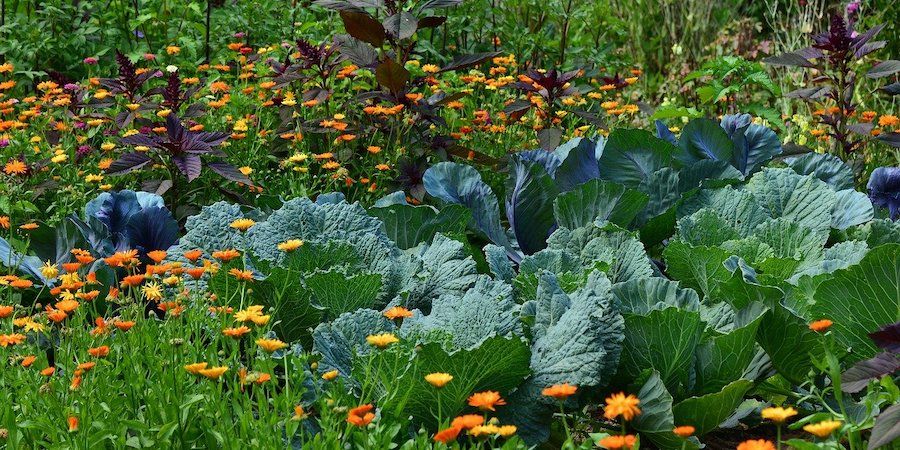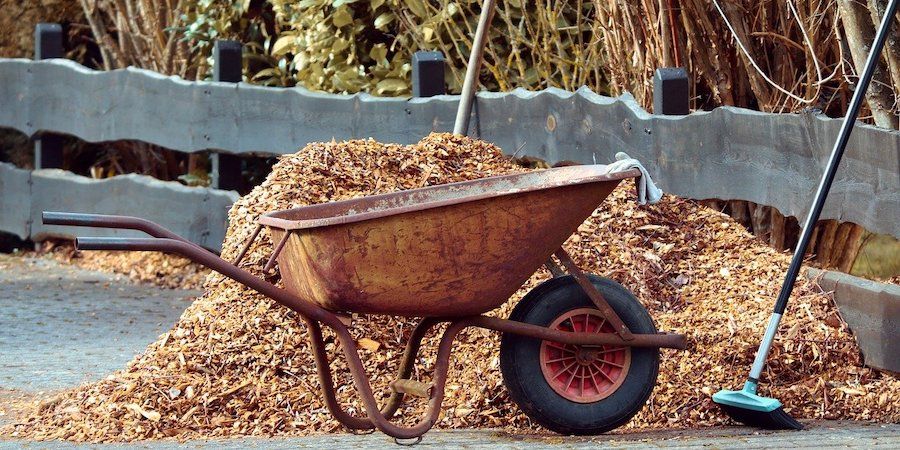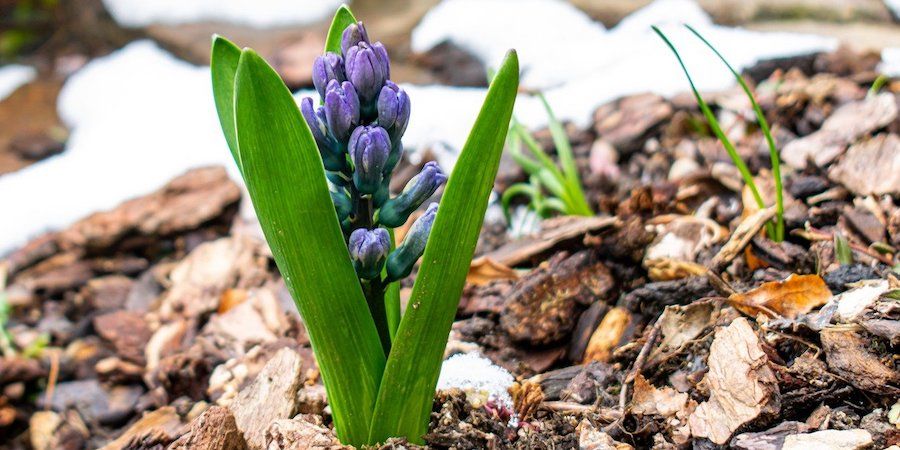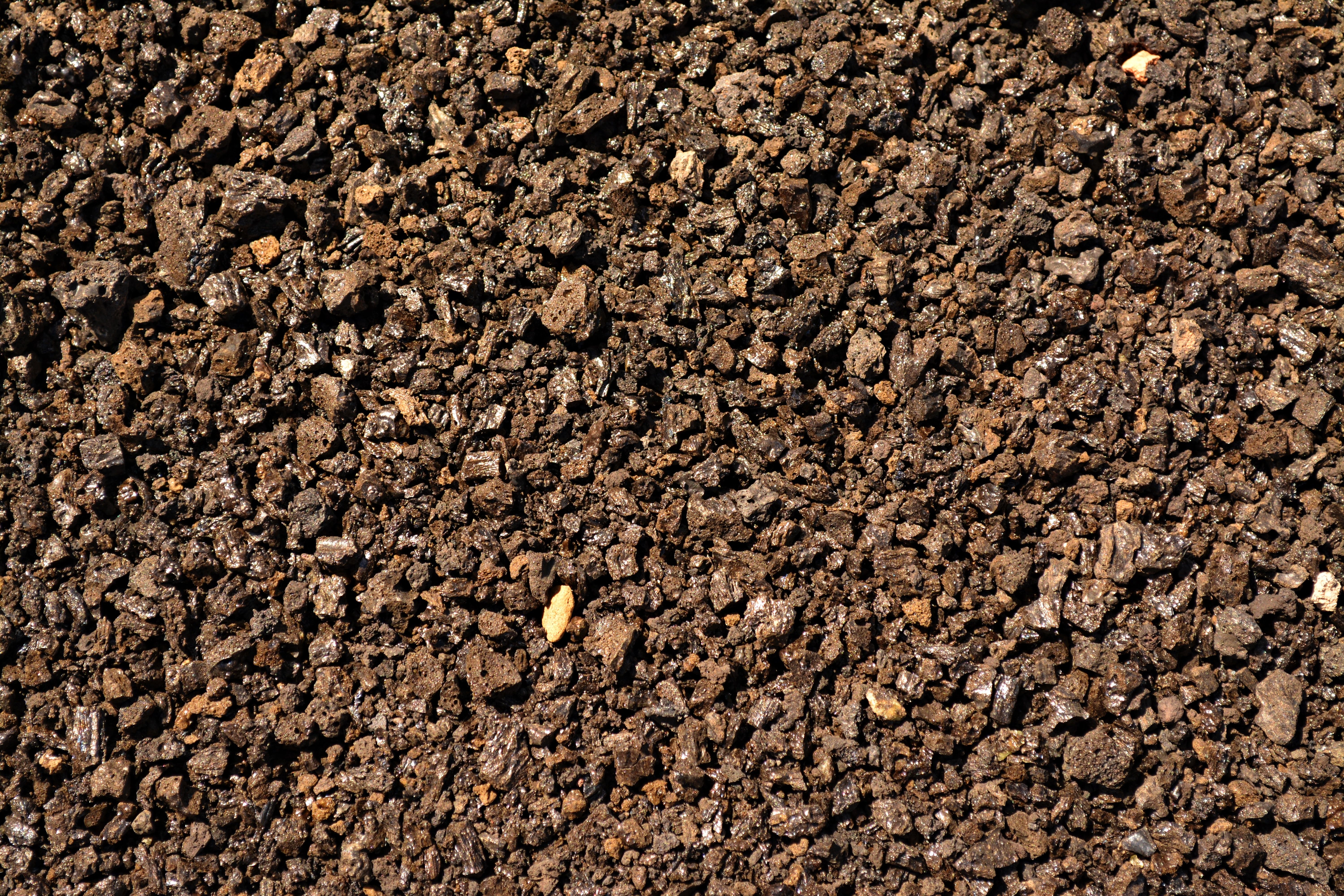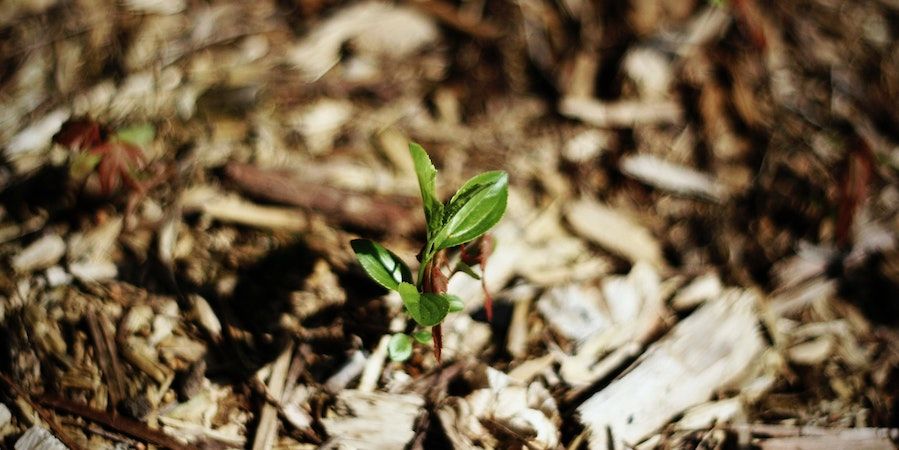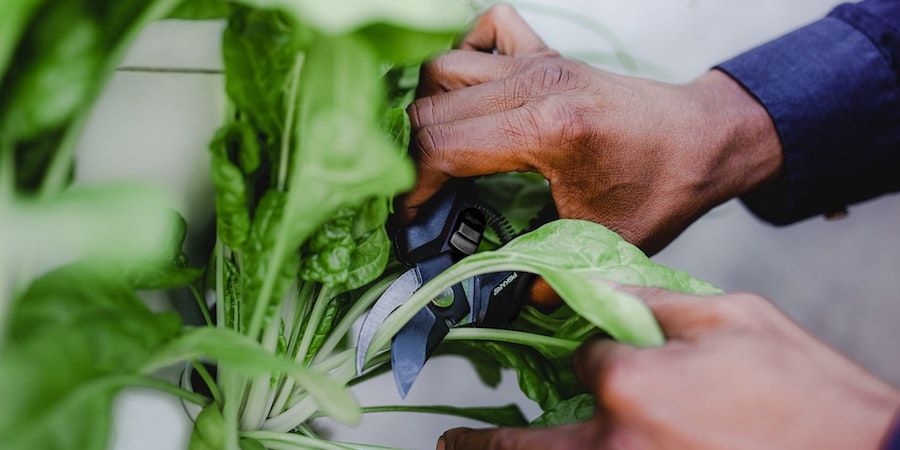Are you tired of digging holes in your vegetable garden? Does it feel like you’re constantly adding inputs into your garden just so that you can obtain a decent yield? What if I told you that you could get better, healthier plants with less work?
With a no-dig garden, this could be a reality. You can have beautiful garden beds even if you’re faced with heavy clay soils. Read on for the low down on exactly what a no-dig garden is. If that piques your interest, read our tutorial on how to start a no-dig garden.
What Is A No Dig Garden?
Image credits: Manfred Richter via Pixabay
No-dig gardening, sometimes known as lasagna gardening, is a method of managing food gardens used by some organic gardeners. The name is a bit misleading, as there is still digging involved. But the act of digging is greatly reduced in these types of gardens. The main goal is to disturb the soil as little as possible, including during harvesting and planting.
You can achieve it by sheet mulching the ground with newspaper or cardboard. It acts as a barrier against invasive weeds. Organic materials are then layered on top of one another to build up no-dig beds. It is a great way to use up garden waste such as grass clippings and dry leaves. You can even use kitchen scraps that were destined for the compost heap. Make sure to add kitchen scraps to the lower layers to avoid attracting vermin.
The beauty of this is that a no-dig garden can be started anywhere, not just the soil surface. Each layer of compost decomposes and adds its nutrients to the bed. An additional layer of compost in each planting hole will help new plants to establish themselves. A layer of mulch suppresses weed seeds and prevents no-dig garden beds from drying out.
Why Use The No Dig Method?
Image credits: Cornell Frühauf via Pixabay
Healthy soil is alive. It’s a complex web of nematodes, fungi, bacteria, earthworms, and billions of other living soil organisms. The soil structure is delicate and relies on maintaining a certain set of conditions to sustain this life.
This soil life creates nutrients in a form that is easily absorbed by plant roots. The mycelium (fungi) network transports these nutrients throughout the soil so that various plants can have access to the particular nutrients they need.
When soil is tilled, this structure is broken. The complex web is ruptured. The conditions needed for all these delicate life forms are destroyed. In short, the soil life dies.
With the death of the soil comes the lack of nutrients. Without all that life to create and transport nutrients around the garden, the gardener needs to rely on external inputs to keep their plants alive. It creates a negative feedback loop where the gardener begins to rely on increasing amounts of external inputs for a decreasing yield. The gardener falls into the trap of feeding the plant instead of the soil. They view the garden as a collection of individual elements instead of as a cohesive soil.
No-dig gardening is aware of this problem and seeks to fix it. The aim is to maintain the conditions needed for this life to thrive. The soil is viewed as being almost untouchable. It’s the foundation for healthy plants. No dig gardeners feed the soil because they understand that it’s healthy soil that results in healthy plants.
So What’s The Difference, Really?
Image Credits: Ermelinda Martín on Unsplash
No dig gardeners take their cues from the original gardener: nature. Natural ecosystems are used as inspiration and guidance for the no-dig garden. While the lack of digging has become the feature that defines this method, several things make it different from conventional gardening. One of the main differences is the mindset; feed the soil, not the plant.
In nature, bare soil is rare. There’s almost always a layer of vegetation covering it. It has many functions, and the no-dig gardener wants to imitate this. The soil is fed by adding natural mulch to the surface, just like in nature. As the mulch material breaks down, the nutrients in the mulch are consumed, converted, and transported around the garden by the life in the soil. It, in turn, nourishes your plants.
A heavily mulched garden also smothers perennial weeds and prevents them from germinating. Mulch is the answer to weed control in a no-dig garden. If perennial weeds manage to germinate, you can pull them out and add them to the mulch. Keeping the soil covered also prevents it from drying out and will allow you to water your garden much less.
If you’re wondering how much mulch to add to your garden beds, follow no-dig pioneer Ruth Stout’s advice: “More”.
Planting
Image Credits: Maddy Baker via Pixabay
There is still a small amount of digging involved. When planting seedlings, you’re going to have to dig a hole. The good news is that the soil should be light and fluffy if you’ve been following no dig principles. So moving it aside to make space for a new seedling should be easy, and you’ll be able to do it without disturbing the soil too much.
Harvesting
Image credits: Lettuce Grow via Unsplash
Keeping the soil undisturbed and intact means that you need to change how you harvest from your garden. Some purists even avoid growing root crops to eliminate any disturbance below the soil. It is not entirely necessary. However, it’s up to you if you want to go to this extent.
To harvest your crop, cut the stem of the plant just above the level of the soil. You can use a pair of secateurs, but I prefer a gardening knife, like this Hori Hori from Amazon. It has a serrated edge that makes cutting through stems easy.
Leave the roots undisturbed. As the roots die and decompose, they’ll feed the soil. It will also keep the soil loose and aerated over time and provide an easy pathway for water to flow deeply into it.
The Final Say
No-dig gardening is a simple and easy method of growing healthy plants. Don’t let this ease and simplicity make you think that it’s ineffective. A no-dig garden will take a season or two to get established, but once it’s thriving, your workload will be reduced drastically, and your harvests will continue to grow.
A Hori Hori is an excellent tool to have in your arsenal if you’re a no-dig gardener. The pointed tip makes it easy to make holes for planting, and the serrated edge makes harvesting a breeze.
What do you think about no-dig gardening? Will you try it? Comment below and let us know, and if you know someone who might benefit from this information, share this post with one of the buttons below.

